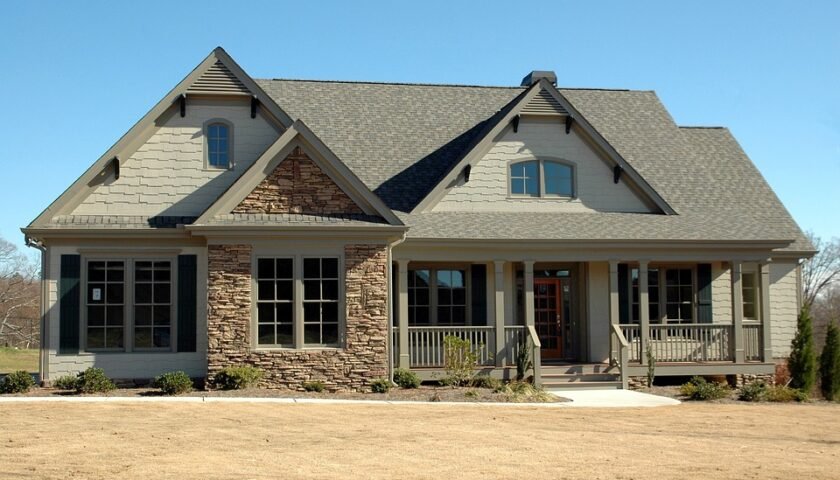[ad_1]
Unveiling the Mechanics: Exploring How Interest Rates Drive the Property Market
Interest rates are a critical factor that drives the property market. When interest rates are low, it creates a favorable environment for potential homebuyers, encouraging them to take out mortgages and invest in properties. Conversely, when interest rates are high, it can deter buyers from entering the market, resulting in a slowdown in property transactions.
The relationship between interest rates and the property market is complex and multifaceted. To understand this dynamic, it’s essential to delve into the mechanics of how interest rates influence the property market and why they play such a crucial role in shaping market dynamics.
First and foremost, interest rates directly affect the affordability of mortgages. When interest rates decrease, borrowing costs decrease, making it more affordable for individuals to buy homes. This increased affordability often leads to an uptick in demand for housing, as more people are incentivized to invest in property.
Conversely, when interest rates rise, borrowing costs increase, which makes purchasing a property more expensive. This tends to reduce the number of potential buyers and can lead to a decrease in property prices and demand. Higher interest rates can also impact individuals who already have existing mortgages, as their monthly mortgage payments increase, making it more challenging to meet financial obligations.
Another crucial aspect of this relationship is the impact of interest rates on the rental market. When interest rates are low, some individuals may opt to buy properties rather than renting, as the cost of a mortgage may be comparable to or even lower than the cost of renting. This can lead to a decrease in demand for rental properties, affecting rental yields and potentially impacting property investors.
On the flip side, when interest rates rise, the cost of buying a property can become less attractive compared to renting. This may result in increased demand for rental properties, driving up rental prices and benefiting property investors who have rental units in their portfolios.
Interest rates also influence property investment decisions. When interest rates are low, investors may find it more appealing to invest in the property market rather than in other investment products such as bonds or stocks. This increased investor demand can lead to higher property prices, as competition for available properties intensifies.
In contrast, higher interest rates can make alternative investment options more attractive, diverting capital away from the property market. This, in turn, can put downward pressure on property prices, especially if demand weakens.
It’s worth noting that interest rates are not determined in isolation from various economic factors. Central banks play a pivotal role in setting interest rates, aiming to maintain price stability, support economic growth, and manage inflation. They often adjust interest rates based on broader economic indicators such as unemployment rates, GDP growth, and inflation forecasts.
Overall, the relationship between interest rates and the property market is intricate, with a range of interrelated factors at play. Changes in interest rates can have a profound impact on property prices, demand, affordability, and investment decisions. As such, homeowners, homebuyers, and property investors need to stay informed about the dynamics of interest rates and carefully consider the implications they may have on the property market.
[ad_2]




